For the Best Aerosol Data, ARM Embraces Harmony
Published: 17 September 2017
A project underway will harmonize aerosol observing systems by reconciling processing steps in the data
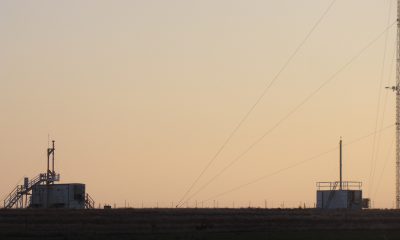
Harmony is a state of accord and cooperation.
That state of being is also necessary for the aerosol observing systems (AOS) operated by the Atmospheric Radiation Measurement (ARM) Facility, a scientific user facility for the U.S. Department of Energy (DOE).
A few years ago, experts at ARM discovered differences in the final data products linked to one set of AOS instruments in place before 2010, and another set designed and deployed after that.
In response, ARM triggered an intensive project three years ago to harmonize aerosol observation instruments and the streams of archived data that originate with them. This AOS harmonization project, in the making for three complicated and busy years, will be largely done by this fall.
“The purpose of harmonization is to unify the processing so the final data product can be compared over the measurement history of ARM,” says ARM Technical Director Jim Mather, an atmospheric scientist at Pacific Northwest National Laboratory (PNNL).
First-Generation Processing
At the heart of the problem are two generations of measurement systems, both of them funded by the U.S. Department of Energy, but each of them designed by different contractors.
Disharmony in aerosol data resulted largely from differences in processing, says Mather. First-generation processing, for instance, averaged all raw data over one minute in the field, and then applied further corrections.
Prior to the harmonization effort, there was also another confounder: a significant amount of manual processing. “One of the issues—perhaps a key issue,” says Mather, “is that this manual processing was not being communicated to users or being done in a uniform way between the two types of systems.”
All of these historical cross-currents “made it necessary to automate and describe as much of this processing as possible, so that what was being done to the data was consistent and well described,” he says. “The idea of harmonizing was to get closer to uniform formatting across all our sites. And the goal is always to improve user science.”
Aerosols: High Importance, and More Data
Data and data processing harmony is important because aerosols themselves are important. They are tiny, measured in micrometers and nanometers, but collectively these atmospheric particles exert significant influence on the Earth.
By interacting with solar radiation through reflection, absorption, and scattering, aerosols directly affect radiation. In addition, aerosols affect the Earth’s energy balance indirectly through their impact on cloud formation.
In the early 1990s, aerosols from biomass burning, volcanic eruptions, and other sources were widely recognized for their influence on radiation transfer in the atmosphere, but there was little data on their mass, optical properties, distribution, or other factors.
Since then, measuring aerosols, Mather says, “is a core capability” at ARM, which for 25 years has collected, processed, quality-checked, and archived a wide range of measurements relevant to the Earth’s atmosphere.
Ever Increasing Amounts of AOS Data
Incrementally, starting in 1996, ARM has collected increasing amounts of aerosol data. Beyond everyday data collection, the SGP was in 2003 the site of a comprehensive Aerosol Intensive Observation Period. In 2005, also at SGP, came the Aerosol Lidar Validation Experiment (ALIVE). That same year, the ARM Mobile Facility, equipped with an AOS system, was ready to be deployed around the world for 6 to 18 months at a time. Its portability made it possible to capture the regional variability of aerosol data.
By 2012, ARM had AOS capabilities at its fixed sites, at two mobile facilities, and an ARM Aerial Facility that took aerosol measurements high into the air column.
All these AOS data were streaming in—and by 2010 from two different types of systems. How did it look?
Experts at ARM began to grapple with the need for AOS harmonization in 2014, knowing that two workable but distinct systems were in place. One—call it the “original AOS”—was built by DOE and soon after was mentored by ARM-funded personnel at the National Oceanic and Atmospheric Administration (NOAA). The other—call it “next-generation, or second-generation, AOS”—was designed and mentored by DOE’s Brookhaven National Laboratory (BNL).
“There’s no one right way to do aerosol sampling,” says Doug Sisterson, ARM Instrument Coordinator and an atmospheric scientist based at Argonne National Laboratory.
The typical AOS platform has a core of at least 10 instruments and a hundred or more datastreams coming from each. The harmonization task—how to translate aerosol data into a common language—“turned out to be quite a massive undertaking,” says Mather. “The more complex the instruments, the more challenging these things are.”
First One System, and Then Two
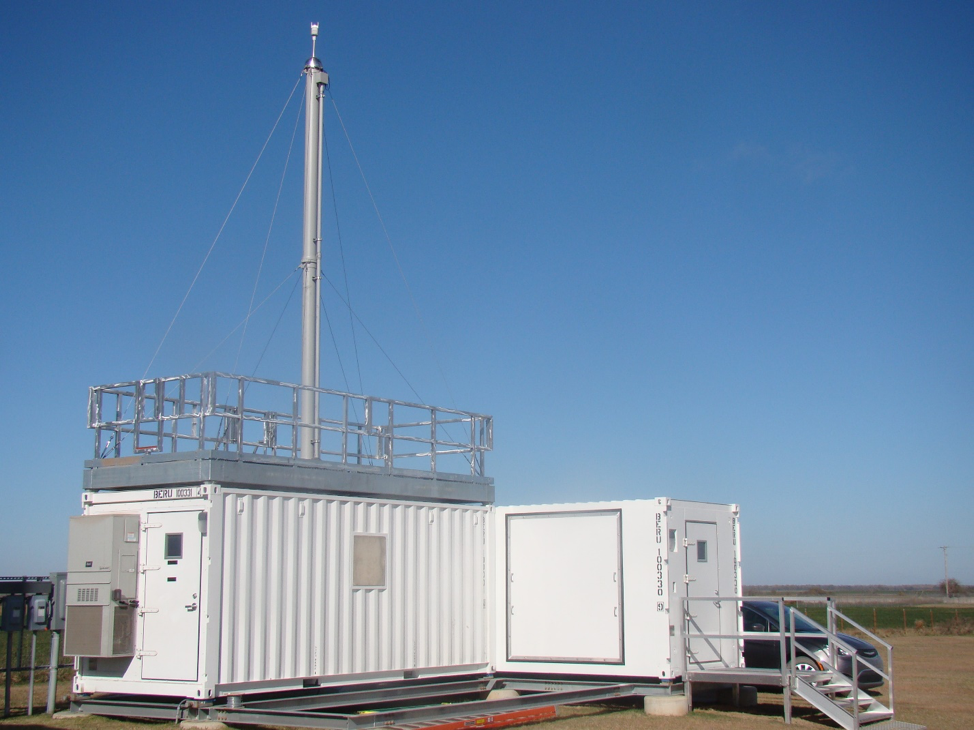
The first AOS went into operation in April 1996 at the Southern Great Plains (SGP) atmospheric observatory in Oklahoma. Housed in a self-contained trailer, the integrated five-instrument system had been developed by the DOE’s Environmental Measurement Program. An attached intake stack sampled from 10 meters above the ground, a height calculated to avoid surface turbidity. Before long, NOAA instrument mentors, funded by ARM, took charge.
In addition, ARM also began processing AOS data from a NOAA-owned system in Barrow, adjacent to ARM’s North Slope of Alaska (NSA) site. These Barrow AOS data are known as NSA X1 in the ARM Data Center. (NOAA has been operating an AOS system at NSA since 1976.) At SGP and at NSA, NOAA mentors maintained system calibrations, monitored heath and status, and ingested data before forwarding them to ARM.
In 2009, ARM contracted with BNL to design, build, and operate several new AOS systems. The second-generation systems presented new opportunities for operating modes and processing instrumentation compared to the original instrument suites for AOS. Today, they represent a significant expansion of new instruments and new measurements.
AOS mentors from BNL now include Stephen R. Springston, Art Sedlacek, Chongai Kuang, Tom Watson, and others. (Springston is lead AOS mentor for all the BNL-designed AOS systems.)
After the next-generation systems were deployed, ARM recognized that the differences in processing between the first- and second-generation systems needed to be harmonized to provide data sets that users could more easily compare across sites and years. In addition, advances in computational speed and algorithms had also enabled automation of processing of the aerosol data that was not possible in 1996. The AOS harmonization project was initiated to set users at ease with using data from the different systems for their scientific research.
“Harmonization seeks to put the measurements from all systems on an equal footing,” says Springston, “and to make differences immaterial to the end user at best—and at worst to document the differences. A scattering measurement from a site in Oklahoma in 1999 should be comparable to a scattering measurement in Antarctica in 2016.”
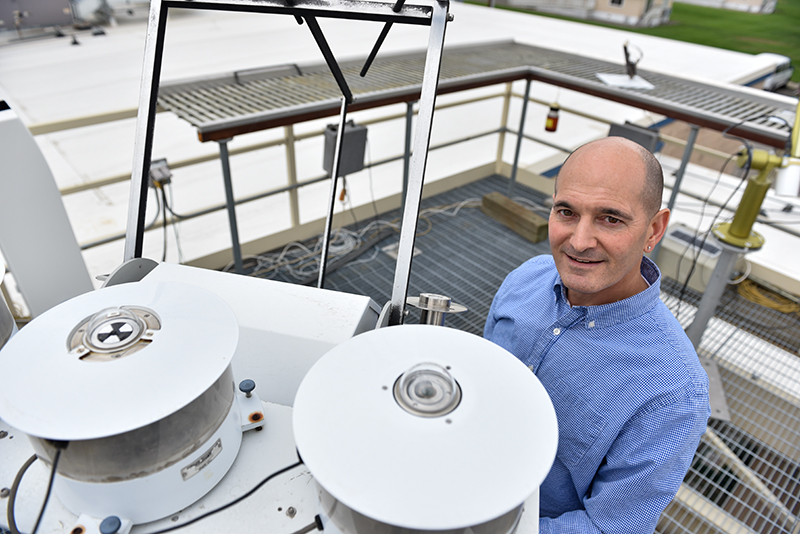
The Flynn Factor
When the DOE said “Fix this,” Connor Flynn stepped in. The PNNL staff scientist, instrumentation expert, and ARM Aerosol Working Group Translator has spent a lot of time in the last three years working directly with the AOS instrument mentors at BNL and NOAA; with Josh King at the ARM Data Quality Office; and with developers Annette Koontz and Brian Ermold at ARM’s Data Management Facility at PNNL.
“This has been a consensus project from the very beginning,” says Flynn.
Sisterson holds that Flynn’s “greatness is amplified when you realize how big a problem (harmonization) was.”
Springston praises him for grappling with the “algorithmic consistency” required by harmonization, and says that “Connor has toiled mightily to understand differences across all ARM platforms, mentors, operators, and even instrument models.”
Flynn started with teamwork. He facilitated partnerships among mentors and others in order to arrive at a state of AOS harmony: uniform automated processing, a uniform data format, and a measured confidence in comparing results from both systems.
So far, things are going well. Several elements in the task are already complete, including the harmonization of most of the AOS aerosol optical properties, aerosol number density (the condensation particle counters, or CPC, family), cloud condensation nuclei concentrations (the CNN family), and some AOS trace gas measurements.
Still being worked on are the more complex instruments, including those that measure particle-size distributions, hygroscopic growth, and aerosol composition.
The two with a higher priority for harmonization include the single particle soot photometer (SP2), used to measure the concentration and mass of soot particles produced by sources such as wildfires down to the nanometer range, and the Aerosol Chemical Speciation Monitor (ACSM).
The SP2 still requires manual processing, says Flynn, “but through harmonization we have developed autonomous routines to provide a level of real-time operational health and status.”
The ACSM, another complex instrument, measures in real time the chemical composition of sub-micron particles. As a mass-spectrometer instrument, says Flynn, its data “are rather complicated to process.” The final product may always include a manual review, he adds, “but we are working with the ACSM mentor, Tom Watson, and the instrument vendor, Aerodyne, to improve both real-time operational health and status, as well as the quality of the autonomous chemical species mass concentrations.”
The migration of the AOS measurements involves integrating mentor activities and data processing within the established norms of ARM operations and of its Data Quality Office. Before developing these automated ingests, calibrations, and data products, says Flynn, “almost all AOS data traveled a circuitous route that included manual mentor processing of data before ‘redelivery’ of the data to ARM.”
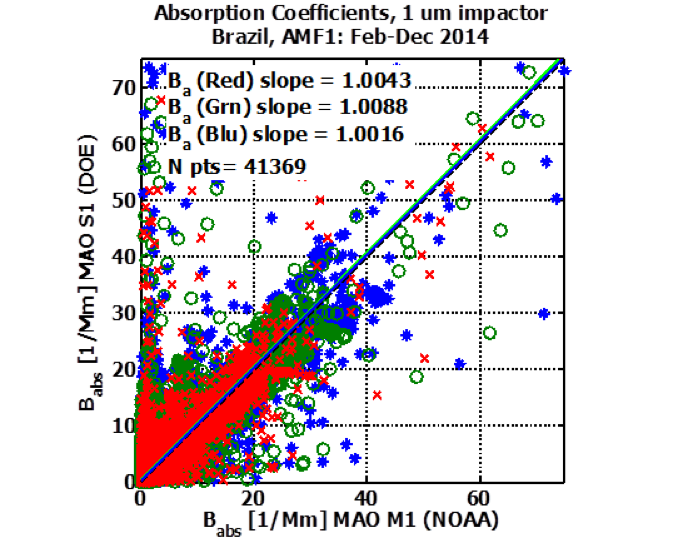
Three Processing Stages Harmonization
Taking those integration and automation steps is only the first of three potential processing stages to harmonization, says Flynn.
The second is facilitating the comparison of AOS measurements from different instrument suites—those designed by both NOAA and BNL. Final data products now have “documented levels of comparability,” says Flynn, as well as accurate and comprehensive metadata and a uniform “look and feel” for the end product.
The third processing stage of harmonization, says Flynn, is “enhancing the synergy of collocated instruments within the same AOS suite.”
For example, three measurements are presently taken individually for aerosol optical scattering, extinction, and absorption. A new data product, AOS Aerosol Optical Properties (AOS AOP), is being evaluated now that will combine all three collocated measurements. A similar effort will combine measurements of aerosol size distribution from multiple instruments into a common framework. These new data products will make it easier for users to work with ARM data to study aerosol processes.
Intercomparison tests on collocated ARM instruments have already been done in Oklahoma and Brazil.
Driving Improvements
Harmonization so far has driven big improvements. Before, comparisons between optical properties reported by co-located AOS systems might show biases of as much as 25 to 50 percent. Once processing was harmonized, says Flynn, measurements from the same instruments show “excellent agreement,” with bias as low as 2 to 3 percent.
The earlier discrepancies were because of “algorithmic differences in the processing by the two systems,” said Springston. “Identifying these differences was a crucial step in harmonization.”
Most of the major elements of the harmonization project will be done this fall, including harmonization of aerosol size distribution measurements. “However, these products represent foundations that will likely be added to in the future,” says Flynn.
And what about historical data sets? These can be done on a case-by-case basis, he says, by means of an ARM engineering request.
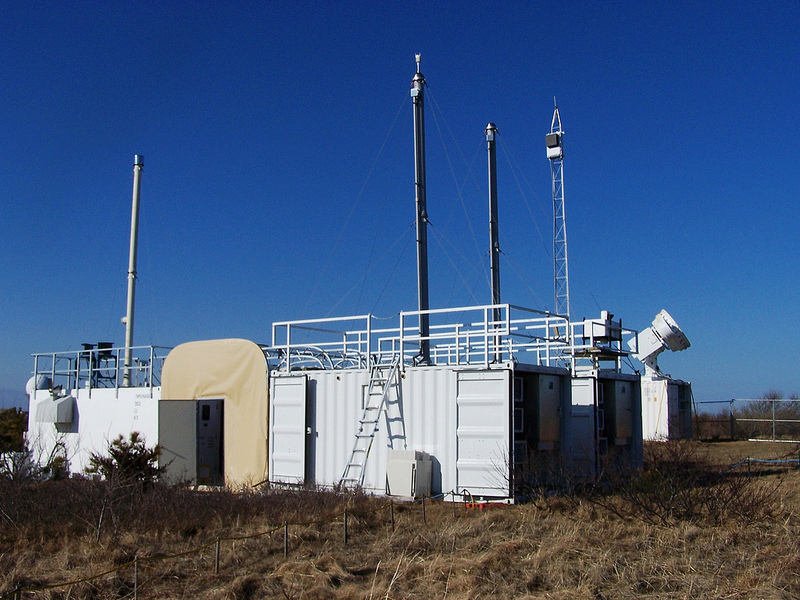
Needs of Users Come First
Mather, Sisterson, and Flynn were all in harmony on one point: that ARM data users and their needs come first. All AOS mentors “believe this as well,” says Springston.
During the harmonization process, says Flynn, users should use and evaluate the AOS AOP C-level product in particular. (“C-level” is considered the best level of data in ARM.) Meanwhile, the ARM Facility will recommend (and archive) the highest processing level of each instrument’s datastream.
There is a bigger picture to consider, Flynn says: getting aerosol data right is very important in the present state of atmospheric science. “One of the biggest uncertainties is the impact of aerosols on the radiation budget,” he says. That budget is the solar balance sheet that affects both change and equilibrium in the planet’s atmosphere.
An even bigger uncertainty in present models is the formation of clouds, those very big ephemeral vectors of shade, rain, cooling, warming, and planetary albedo that are seeded by very small aerosols. So tying key aerosols data together in a harmonized way, says Flynn, “is huge.”
The ARM Climate Research Facility is a DOE Office of Science user facility. The ARM Facility is operated by nine DOE national laboratories, including Brookhaven National Laboratory.
Keep up with the Atmospheric Observer
Updates on ARM news, events, and opportunities delivered to your inbox
ARM User Profile
ARM welcomes users from all institutions and nations. A free ARM user account is needed to access ARM data.


















